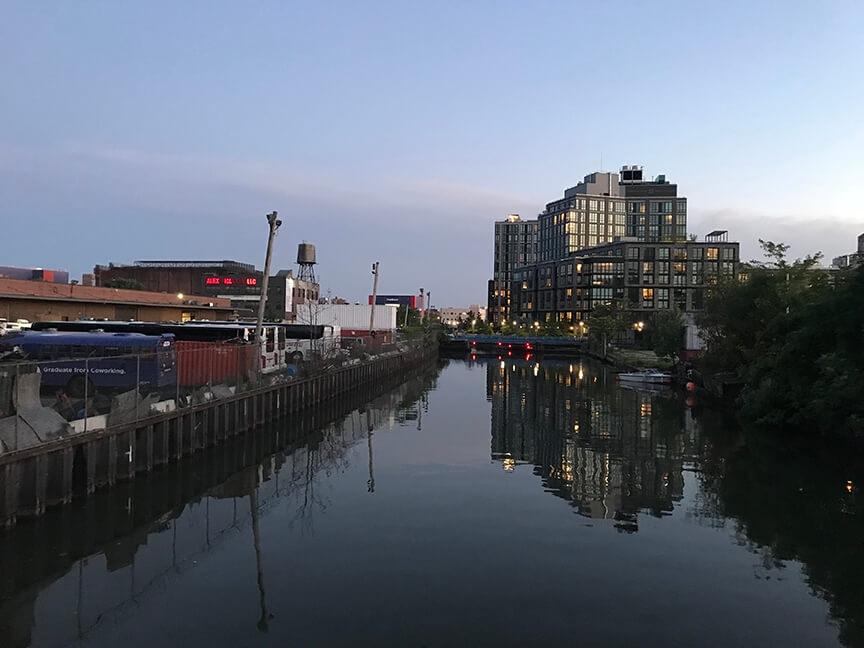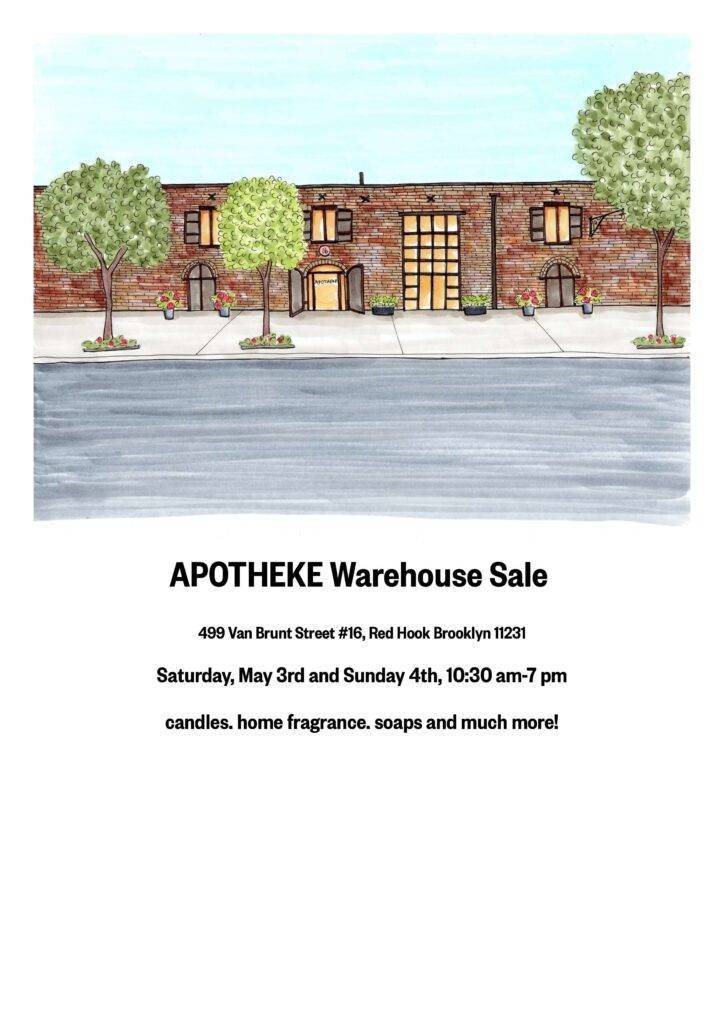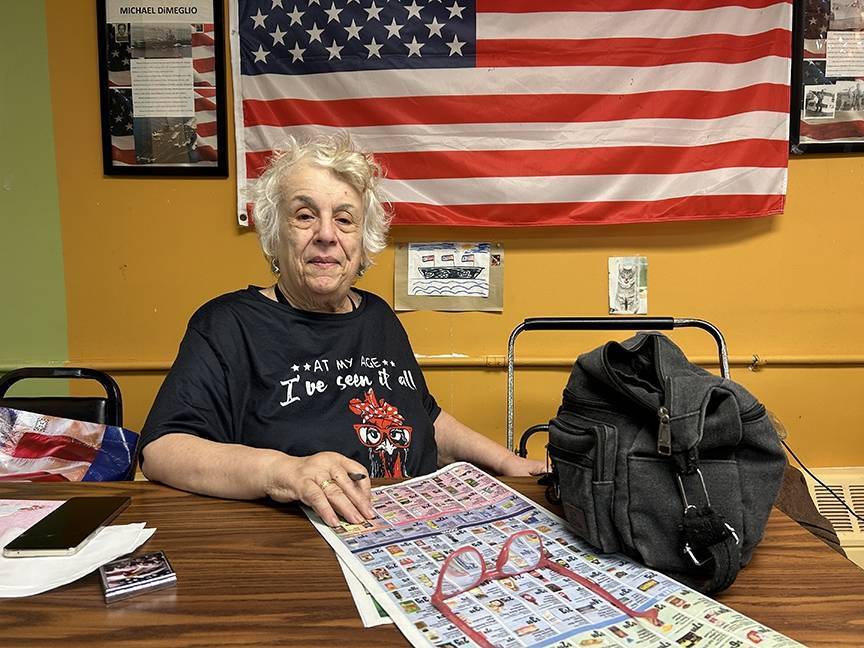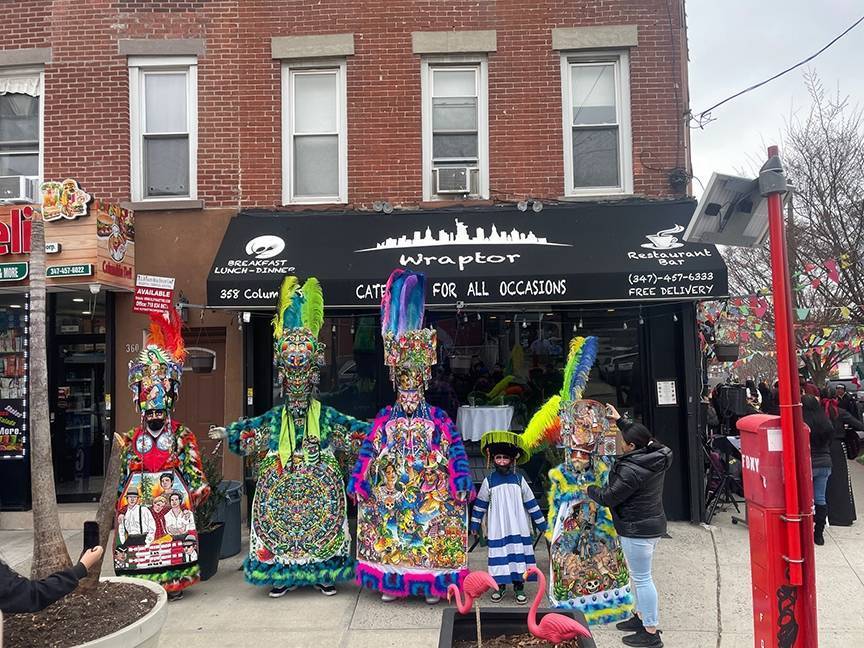Late Friday afternoon, Aug. 30, the New York State Department of Environmental Conservation (DEC) released the results of the first phase of its Gowanus-wide soil vapor intrusion investigation, conducted during the 2023-2024 heating season.
The investigation, which tested 113 buildings, found 15 buildings requiring mitigation due to elevated levels of one or multiple contaminants.
Five buildings had elevated levels of the chemical tetrachloroethylene (PERC), a dry cleaning agent and metal degreasing solvent. Tetrachloroethylene exposure “may harm the nervous system, liver, kidneys, and reproductive system, and may be harmful to unborn children. If you are exposed to tetrachloroethylene, you may also be at a higher risk of getting certain types of cancer,” according to the Center for Disease Control and Prevention. One building, titled “GC121” had 530 micrograms of PERC per cubic meter sub-slab vapor, more than 17 times the limit of 30 micrograms per cubic meter recommended by the state’s Department of Health (DOH). Samples from the basement and sub-slab vapor showed levels even higher, 1,700 and 3,300 micrograms per cubic meter, respectively. According to DOH guidelines, any level of PERC in indoor air should be mitigated. In its latest soil vapor/indoor air decision matrix for PERC, the health department writes, “We recommend mitigation to minimize current or potential exposures associated with soil vapor intrusion. The most common mitigation methods
are sealing preferential pathways in conjunction with installing a sub-slab depressurization system and changing the pressurization of the building in
conjunction with monitoring. The type, or combination of types, of mitigation is determined on a building-specific basis, taking into account building
construction and operating conditions. Mitigation is considered a temporary measure implemented to address exposures related to soil vapor intrusion until
contaminated environmental media are remediated.”
In 10 of the 15 buildings, trichloroethylene — an industrial solvent commonly referred to as TCE that has been linked to cancer and Parkinson’s disease — was one of the culprits, including in the building titled “GC076” where sub slab vapor tests showed TCE levels more than 700 times the state’s limits.
Other contaminants found during sampling include trimethylbenzene (which occurs naturally in coal tar) and toluene.
The DEC and the state’s health department did not disclose the addresses of the buildings that were sampled, including those where elevated levels of contaminants were discovered, per state privacy policy. We were unable to independently locate the buildings requiring mitigation based on the information provided in the report. However, DEC spokesperson Denis Slattery wrote in an email, “If any exposures that could create public health risks are discovered, New York State takes immediate action to inform potentially affected individuals and evaluate all actions necessary to protect the public. Consistent with DEC and DOH’s privacy policy, if contamination exceeding state criteria or guidance (SCG) is found at a private property that is not in one of New York State’s cleanup programs, DEC immediately informs the private property owner of their results and offers owners to design and install soil vapor mitigation systems to address soil vapor intrusion and ensure residents are fully protected.”
While no addresses were disclosed in the report, all buildings sampled during the 2023-2024 heating season were divided into seven sections. Section D, which includes Gowanus Houses, had the most buildings requiring mitigation — six in total. Two sections, C (Between Sackett Street and First Street, and Bond Street and Hoyt Street) and F (a number of buildings between Sackett Street and Carroll Street, and Nevins Street and Fourth Avenue), had no buildings that had mitigation needs.
When it comes to mitigation, there are a number of solutions at the DEC’s disposal. “New York State uses proven science and data to advance actions to prevent exposure to contamination when investigations determine a potential health risk. DEC is consulting with the State Department of Health (DOH) and working closely with building owners to design and install soil vapor mitigation systems to address soil vapor intrusion and ensure residents are fully protected,” Slattery wrote, adding, “These systems, much like a radon mitigation system, prevent vapors beneath a slab from entering a building by applying a small amount of suction beneath the building foundation slab to collect vapors and vent them outside.”
The state came under fire earlier this summer when it was uncovered that the DEC had found significantly elevated levels of TCE in a building on Union Street. “I believe this is an unprecedented discovery of how soil vapor intrusion can pose a public health hazard,” Walter Hang, president and founder of the environmental data firm Toxics Targeting, said during a press conference in June. Some community members don’t think the DEC is doing enough to protect the community from legacy contamination in the soil around the Gowanus canal, as we reported on in July.
The Department of Environmental Conservation will hold a community availability session in the gymnasium of the Children’s School on 215 1st St. on Thursday, Sept. 19, 7-9 p.m..
Author
-

I’m a New York-based journalist from Sweden. I write about the environment, how climate change impacts us humans, and how we are responding.
View all posts
I’m a New York-based journalist from Sweden. I write about the environment, how climate change impacts us humans, and how we are responding.










